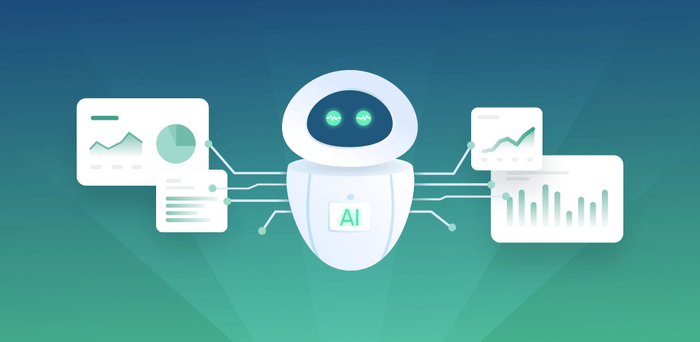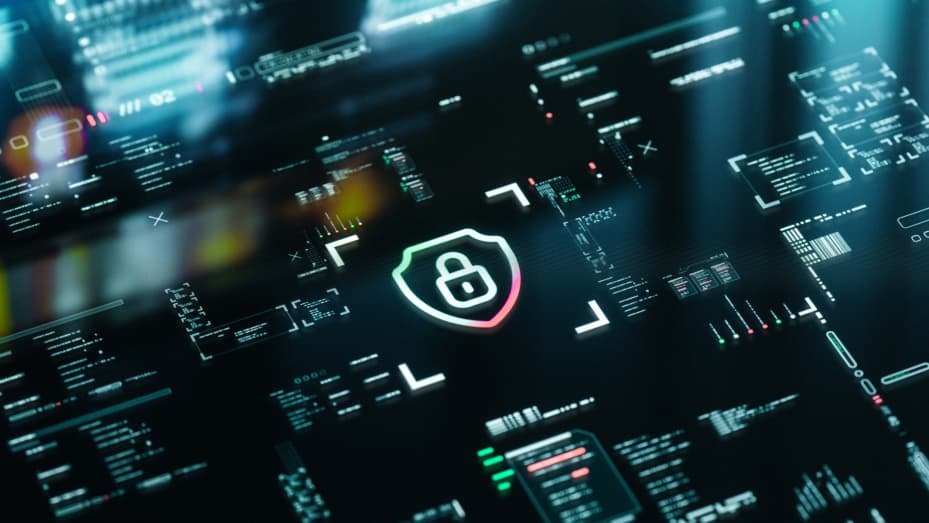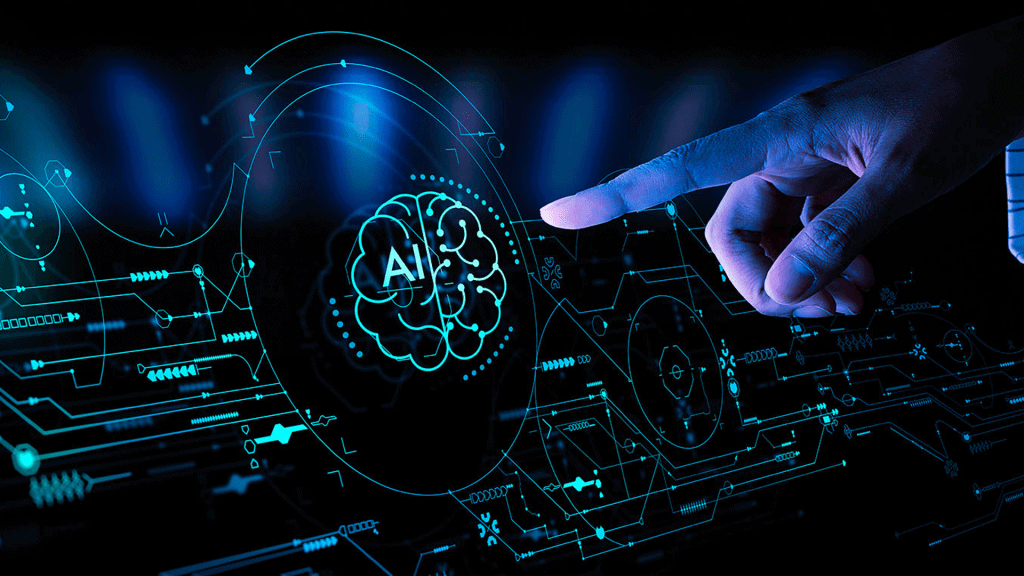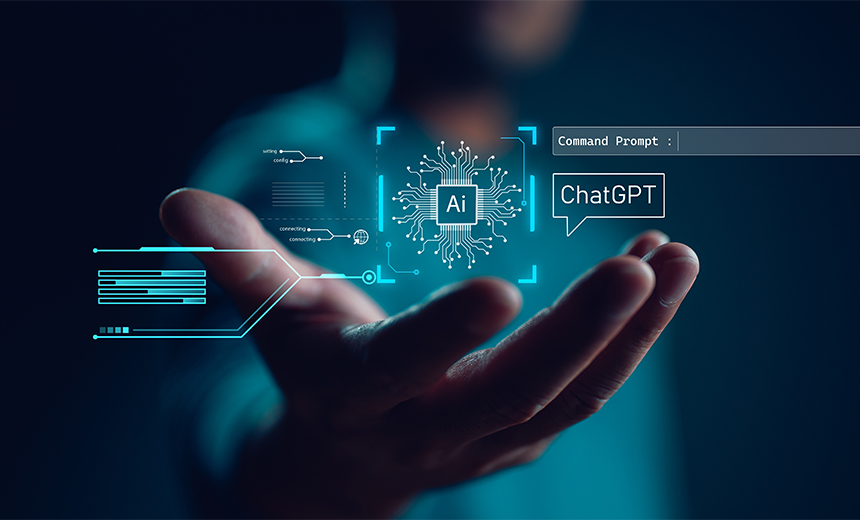AI in Cybersecurity: The Guardian of the Digital Realm

Table of Contents
In today’s interconnected world, cybersecurity is more critical than ever. As we navigate the vast expanse of the internet, the digital threats we face grow more sophisticated. Fortunately, artificial intelligence (AI) is stepping up as a powerful ally in the fight against cyber threats. In this blog post, we'll explore how AI is transforming cybersecurity, making the digital world safer for everyone.
The Rise of Cyber Threats
Before diving into how AI is revolutionizing cybersecurity, let’s understand the landscape of digital threats. Cyberattacks have evolved from simple viruses to complex, multi-stage operations. These attacks can target individuals, corporations, and even governments, aiming to steal sensitive data, disrupt services, or cause financial loss.
Some of the most common cyber threats include:
- Phishing: Deceptive emails or messages that trick individuals into revealing personal information.
- Ransomware: Malicious software that locks data until a ransom is paid.
- DDoS (Destributed Denail of Service): Overloading a system to disrupt service.
- Malware: Software designed to damage or disable computers.
- Advanced Persistent Threats (APTs): Long-term, targeted attacks often orchestrated by state actors or well-funded organizations.
With the increasing sophistication of cyber threats, traditional security measures, such as firewalls and antivirus software, often fall short. Enter AI – the game-changer in the realm of cybersecurity.
How AI Enhances Cybersecurity?
Artificial intelligence (AI) is revolutionizing the field of cybersecurity by providing advanced tools and techniques to detect, respond to, and prevent cyber threats. Here’s a deeper look at how AI enhances cybersecurity:
- 1. Real-Time Threat Detection: One of the standout benefits of AI in cybersecurity is its capability to detect threats as they occur. Traditional cybersecurity systems often rely on predefined rules and signatures to identify threats, which can leave them vulnerable to new and unknown attacks. AI, however, can analyze large volumes of data in real-time and identify unusual patterns or behaviors that might indicate a threat. This proactive detection significantly reduces the time between the identification and mitigation of threats, thereby minimizing potential damage.
- 2. Automated Response to Threats: AI can do more than just detect threats; it can also respond to them autonomously. By learning from previous security incidents, AI systems can develop the ability to recognize similar threats and take immediate action. For instance, if an AI system detects an unauthorized access attempt, it can automatically initiate measures to block the attacker, isolate affected systems, and alert the security team. This automation not only speeds up response times but also helps to ensure that threats are dealt with even when human operators are not available.
- 3. Predictive Analytics: Another significant advantage of AI is its predictive capabilities. By analyzing historical data and identifying trends, AI can forecast potential future attacks and vulnerabilities. This predictive analysis allows organizations to preemptively strengthen their defenses against anticipated threats. For example, if AI predicts an increase in phishing attacks based on emerging patterns, a company can train its employees to recognize these new phishing tactics and adjust their email filtering systems accordingly.
- 4. Enhanced Phishing Detection: Phishing remains one of the most common and effective forms of cyberattack. AI systems can significantly enhance the detection of phishing attempts by analyzing email and message content for subtle indicators of malicious intent. Machine learning models can be trained on vast datasets of known phishing emails to identify key characteristics and flag suspicious messages with high accuracy. This helps protect users from falling prey to sophisticated phishing schemes that might bypass traditional filters.
- 5. Behavioral Analysis: AI excels at analyzing user behavior to detect anomalies that might indicate a security threat. By establishing a baseline of what constitutes normal behavior for each user, AI can identify deviations that could signal malicious activity. For example, if an employee who typically logs in from the office during working hours suddenly accesses the network from a different country in the middle of the night, the AI system can flag this unusual behavior for further investigation. This type of behavioral analysis adds an additional layer of security, making it harder for attackers to operate undetected.



The Role of Machine Learning in AI Cybersecurity
Machine learning (ML), a subset of AI, is crucial in enhancing cybersecurity. ML algorithms improve their performance over time by learning from data. This capability is particularly valuable in cybersecurity for tasks such as:
- Anomaly Detection: ML can identify deviations from normal patterns in network traffic or user behavior, highlighting potential threats.
- Classification: ML can categorize different types of cyber threats, helping security teams prioritize their responses based on the severity and nature of the threat.
- Pattern Recognition: ML can recognize patterns in cyberattacks, aiding in the prediction and prevention of future incidents.
By leveraging these advanced techniques, AI-driven cybersecurity systems offer a more robust and adaptive defense against the ever-evolving landscape of digital threats.
Challenges and Considerations
While AI offers numerous benefits for cybersecurity, it’s not without challenges. One major concern is the potential for AI to be used maliciously. Cybercriminals can also leverage AI to develop more sophisticated attacks, creating an ongoing arms race between defenders and attackers.
Additionally, the implementation of AI in cybersecurity requires significant resources and expertise. Organizations must invest in the right technology and skilled personnel to maximize the effectiveness of AI-driven security measures.
Ethical considerations also come into play. As AI systems become more autonomous, ensuring they make fair and unbiased decisions is crucial. Transparency in AI decision-making processes and maintaining human oversight are essential to address these concerns.

The Future of AI in Cybersecurity
The future of AI in cybersecurity looks promising. As AI technology continues to advance, we can expect even more sophisticated tools for threat detection and response. Collaboration between AI systems and human experts will be key, combining the strengths of both to create robust defense mechanisms.
Moreover, the integration of AI with other emerging technologies, such as blockchain and quantum computing, could lead to groundbreaking advancements in cybersecurity. These technologies can work together to create highly secure digital environments, making it increasingly difficult for cybercriminals to succeed.

- AI and Blockchain (A Powerful Combination): Blockchain technology, known for its security and transparency, can enhance AI's capabilities in cybersecurity. By providing a tamper-proof ledger, blockchain can ensure the integrity of data used by AI systems. This combination can improve the accuracy of threat detection and the reliability of automated responses.
- Quantum Computing (The Next Frontier): Quantum computing promises to revolutionize many fields, including cybersecurity. Quantum computers can process vast amounts of data at unprecedented speeds, potentially breaking current encryption methods. However, AI can help develop new cryptographic techniques to safeguard against quantum threats, ensuring the security of future digital systems.
Conclusion
AI is revolutionizing cybersecurity, offering powerful tools to detect, respond to, and prevent cyber threats. While challenges remain, the potential benefits of AI-driven cybersecurity are immense. By embracing AI, we can create a safer digital world for everyone.
Stay vigilant, stay informed, and let AI be your digital guardian. Together, we can outsmart the cybercriminals and protect our digital future.
